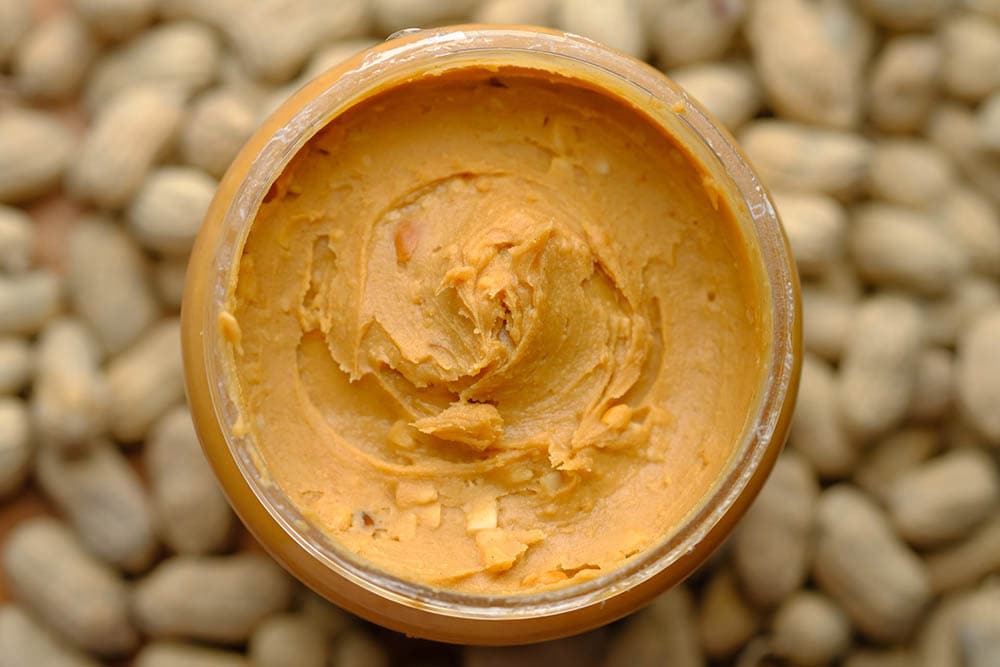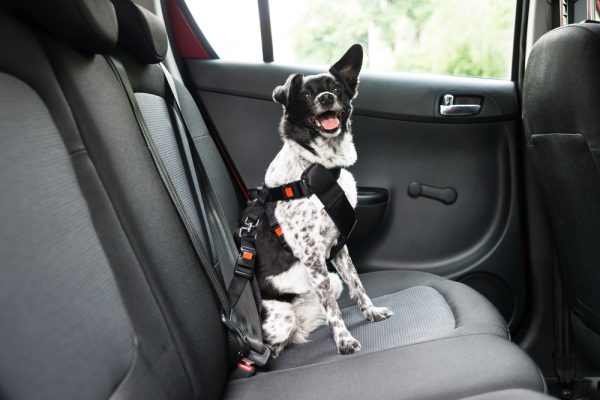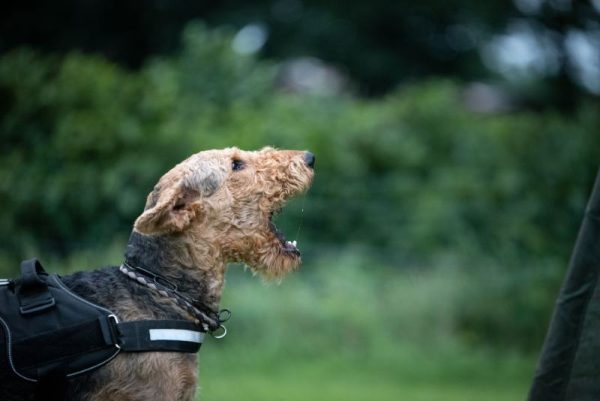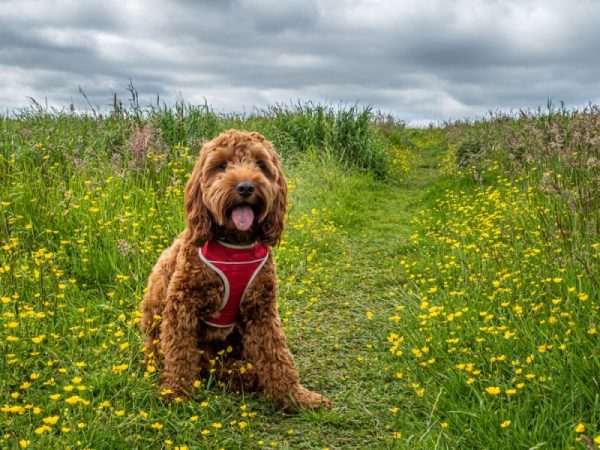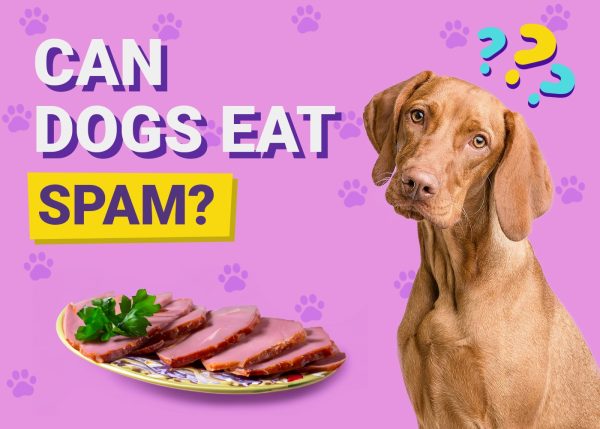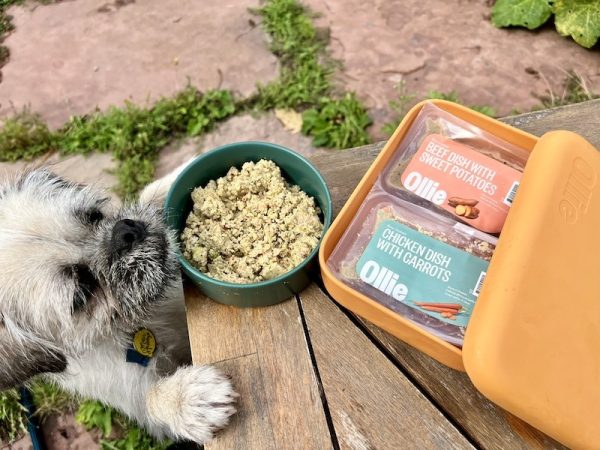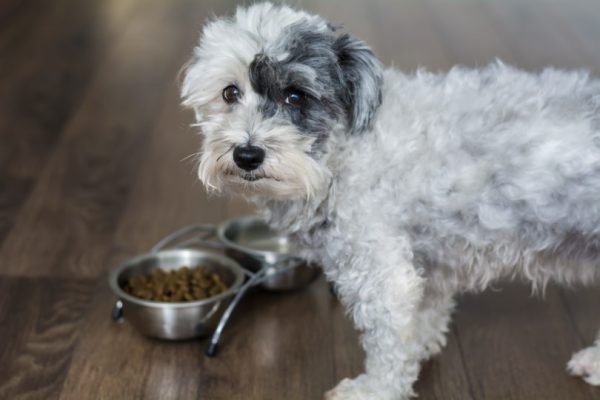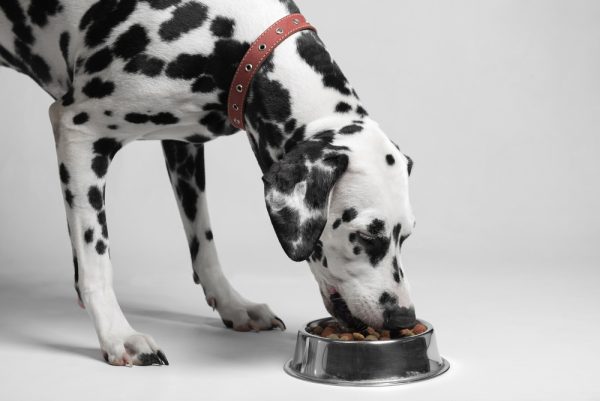In this article
Most dogs love peanut butter, but can they be allergic to this treat that they love so much? Like humans, dogs can be allergic to any ingredient, including peanut butter. But in dogs, this allergy is quite rare, and when it occurs, the clinical signs are usually not that severe.
To see if your dog is allergic to peanut butter, give them a tiny amount at first to see how they react. If your dog starts to itch or has negative digestive signs, this indicates that they are mildly allergic. However, if you notice that your dog’s face starts to swell or they present difficulty breathing, this is a medical emergency, and you should contact a veterinarian immediately.

What Are Peanut Butter Allergies in Dogs?
Just like humans, dogs can have allergies to peanuts and implicitly, to peanut butter. These allergies are not that common in canines, though. Still, it is recommended to be aware of the clinical signs to know what to do in case they do occur.
A peanut butter allergy is usually not severe, and the clinical signs are similar to those of other food allergies. The dog’s immune system misinterprets a protein specific to peanuts and perceives it as an enemy, triggering an immune response that can cause discomfort due to swollen, itchy skin or digestive signs like vomiting, gas, or diarrhea.
You can offer peanut butter to dogs as an occasional snack, but if this is your pet’s first time eating/tasting it, only give them a small amount to see how they react.
A specialist consultation will be needed to rule out other causes with the same clinical signs because several issues can cause gastrointestinal problems, skin itching, hair loss, or inflammation of the ears.

Clinical Signs of a Peanut Butter Allergy in Dogs
Peanut butter is a delicious snack for many dogs. Fortunately, allergies to it are rare, and in general, the clinical signs are not severe. These include:
- Redness of the skin
- Excessive scratching
- Excessive licking
- Hair loss
- Gastrointestinal disorders (vomiting and diarrhea)
However, like any other protein, peanuts can cause more serious signs in certain pups, and these are considered a medical emergency:
- Agitation
- Difficulty breathing and swelling of the face in severe cases (the dog can die if you don’t act quickly)
In rare cases, urticaria may also occur.
If your dog shows any of these clinical signs after you have given them peanut butter, contact a veterinarian immediately.
Did you know you can speak to a veterinarian without having to travel? Just head over to PangoVet. It's our online service where you can talk to a vet online and get the advice you need for your pet — all at an affordable price!

Is Peanut Butter Safe for Your Dogs to Eat?
Most brands of peanut butter are safe for dogs, but not all types are equal. Peanut butter and peanut butter dog treats should be given in moderation, along with a healthy, balanced diet.
Healthy dogs can usually consume peanut butter, but you should choose a natural (not sweetened) and unsalted variety or homemade peanut butter because those are the safest. If you have no other option than salted commercial peanut butter, carefully read what ingredients are in its composition, as some brands may contain xylitol (an artificial sweetener) or chocolate, two ingredients that are toxic for dogs.
Xylitol is found in many products (toothpaste, candies, etc.) and can be fatal even in small amounts. For example, if your dog swallows chewing gum that contains 1 gram of xylitol, it can cause mild signs. But larger doses can cause liver damage and even death.
Clinical signs of xylitol poisoning in dogs include:
- Hypoglycemia (low blood sugar)
- Confusion
- Vomiting
- Excessive lethargy/sleepiness
- Seizures
- Liver damage
- Death
Chocolate can also be toxic to dogs. It is not the chocolate as a whole that is toxic, but rather the cocoa in it, which contains theobromine. Its toxicity is directly proportional to the amount of chocolate/cocoa that the dog consumes. Clinical signs of chocolate poisoning in dogs include:
- Increased thirst and frequent urination
- Gastrointestinal disorders: vomiting and diarrhea
- Agitation
- Panting
- Rapid heart rate
- Neurological signs (less common)
If you notice any of these clinical signs or suspect that your dog has ingested peanut butter with xylitol or chocolate, contact a veterinarian immediately.
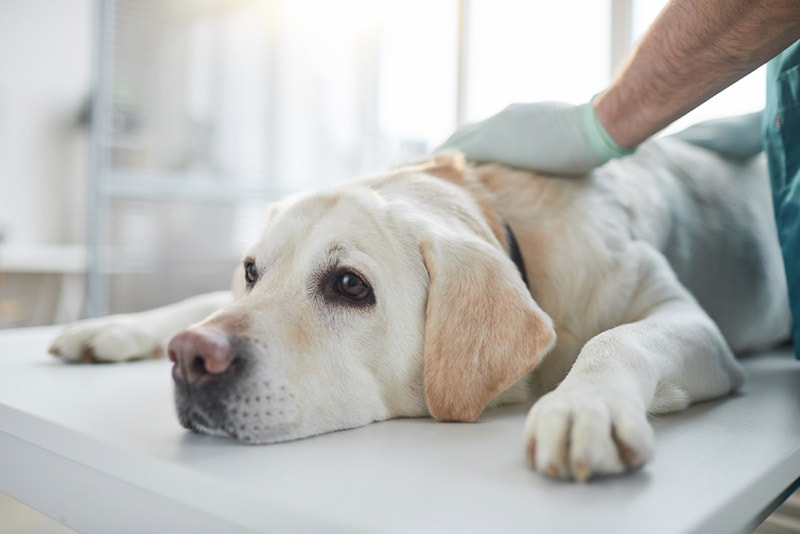

How Do I Give Peanut Butter to My Dog?
If your dog is like most and is not allergic to peanut butter, it’s fine for them to enjoy a small amount on occasion. Here are a few tips for giving peanut butter to your dog.
1. Medication
Giving your pet their medication is not always easy and pleasant, often being stressful for both dog and owner. To improve this experience, hide the capsule or tablet in a small amount of peanut butter. Your dog will eat it without complaint because the peanut butter hides the taste and texture of the pills.
2. Enrichment
Peanut butter is great for spreading on LickiMats and filling Kong puzzle toys. You can use it to prolong your dog’s feeding experience and keep them entertained for long periods. You can also freeze the peanut butter-filled puzzle toys to make them more difficult for your pet and keep them busy even longer.
3. Distraction
If your dog doesn’t like it when you bathe them, trim their nails, or clean their ears, peanut butter can be a real help. Spread peanut butter on the tub or shower, which will keep your dog busy while you bathe them. When you want to trim their nails or clean their ears, someone else can hold a spoonful of peanut butter for your dog to lick while you handle those tasks.
4. Training
Peanut butter can also be used as a treat when training your dog. Give it to your pup after a positive behavior to reinforce it or when they have learned something new. Most dogs are food motivated and will do anything for a treat. Positive reinforcement is usually the best way to train a dog. Peanut butter-flavored training treats are particular favorites for many pups.
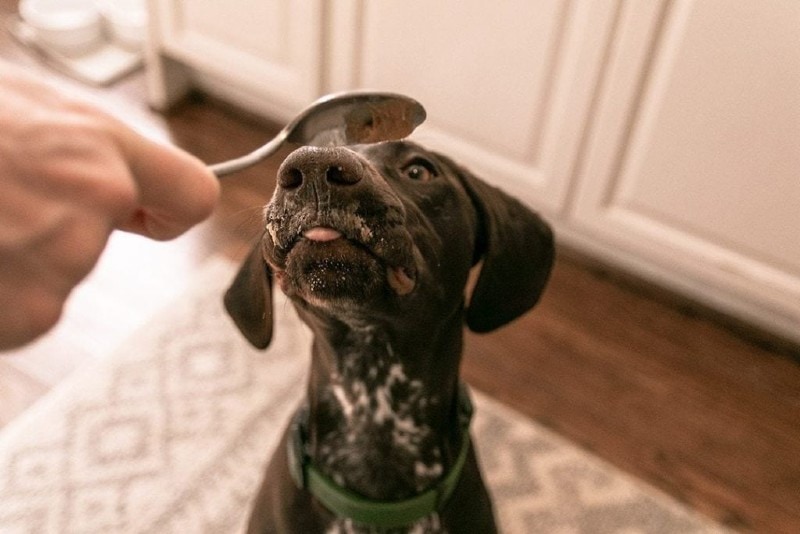

Frequently Asked Questions (FAQ)
How Much Peanut Butter Can I Give My Dog?
The amount of peanut butter that you can give your dog depends on their size, diet, health condition and the brand of peanut butter used. In general, treats should not exceed 10% of your dog’s daily diet. As a result, a small-sized dog can receive a maximum of 1/2 a tablespoon of peanut butter once a day, and a medium-sized dog can get approximately 1 tablespoon.
Can Dogs Choke on Peanut Butter?
Choking on peanut butter is unlikely but not impossible. It can happen if you have a toy/small dog breed and give them a large amount of peanut butter at once. Since it has a sticky consistency, it can stick/get stuck in your dog’s throat, preventing them from breathing. The maximum amount of peanut butter that an average-sized dog should consume in a day is 1–2 tablespoons. So, if you follow this recommendation, the chances of your small dog choking on peanut butter are quite low.

Conclusion
A peanut butter allergy in dogs is not as common as in humans, and the clinical signs are usually not severe. That said, there are cases in which dogs can go into anaphylactic shock and die if not intervened in time. This is why it is vital to take your dog to the vet if they present signs of an allergy after consuming peanut butter. Make sure the peanut butter that you give your pet does not contain harmful ingredients, such as xylitol and chocolate. Always feed it to your dog in moderation.
Featured Image Credit: Towfiqu barbhuiya, Unsplash
